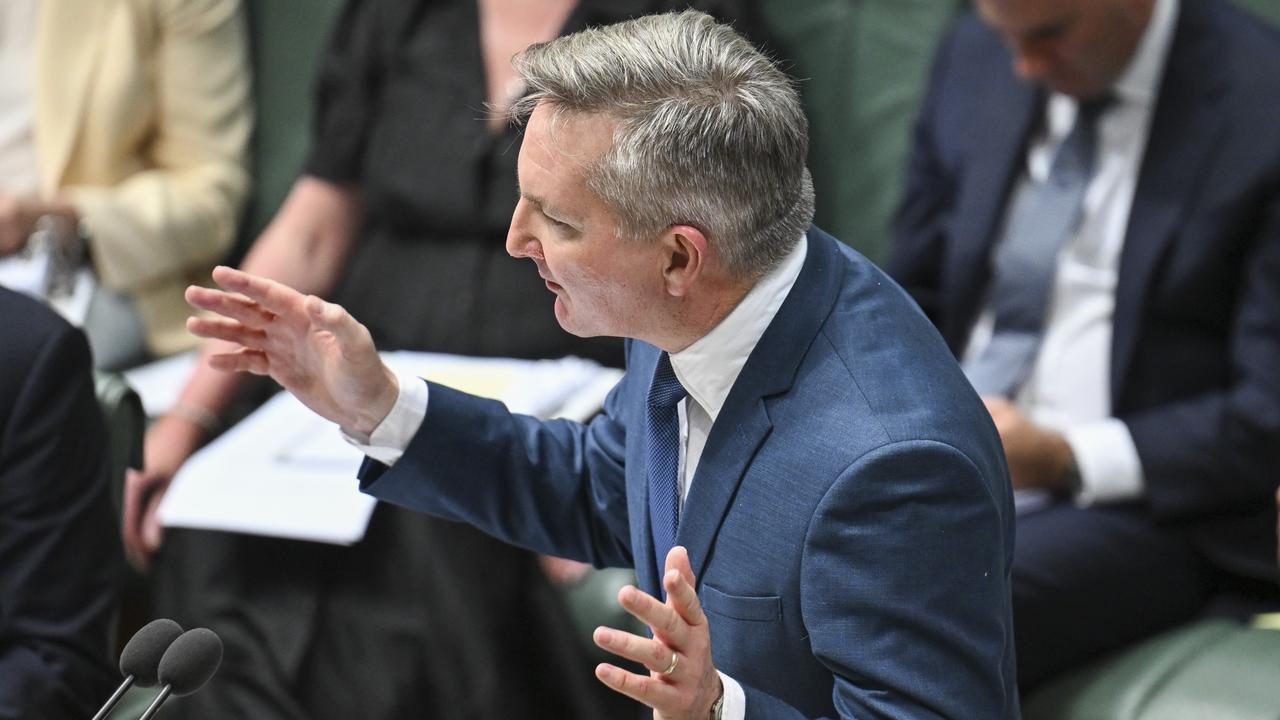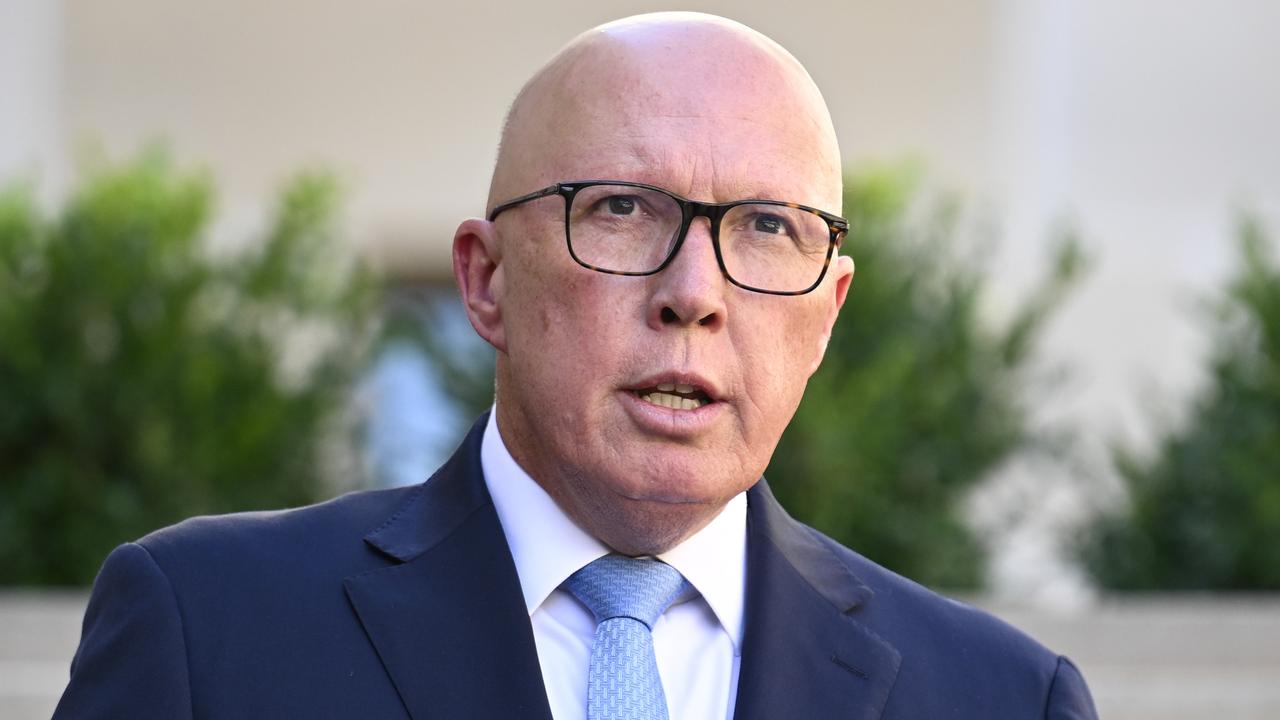Opinion: Qld’s NAPLAN results are bad, here’s how we can fix them
Instead of blindly throwing billions more at a problem in which not all are invested, let’s spend a fraction smartly, writes Paul Williams.

Opinion
Don't miss out on the headlines from Opinion. Followed categories will be added to My News.
Few educational reforms have generated as much heat as the annual National Assessment Program – Literacy and Numeracy.
Each year NAPLAN tests schoolchildren in Years 3, 5, 7 and 9 in literacy and mathematics. But it’s hotly contested by critics, who say one-off exams are hardly indicative of a child’s ability, and resisted by parents who don’t want to subject their kids to further anxiety.
These detractors aren’t entirely wrong, but the benefits of NAPLAN testing far outweighs the liabilities. If nothing else, such results allow governments to identify communities where more money could be invested to improve overall outcomes.
But, given we’ve spent $600 billion on schools over the past decade only to see, once again, disappointing NAPLAN results, it’s clearly not all about money.
The good news is there doesn’t appear to be a marked long-term decline in student performance since NAPLAN’S introduction in 2008. Indeed, reading for Year 3 and Year 5 students appears to be improving.
But the bad news is that one in three Australian children is still “not proficient” in numeracy or literacy. Moreover, there remains a gender gap in educational attainment: more girls still struggle with maths, and more boys still struggle with reading.
The picture in Queensland is no better, even though the Queensland government spun our state’s NAPLAN results positively as showing over 60 per cent of students achieved “strong” or “exceeding” proficiency (the top two tiers) in reading and numeracy – consistent with 2023 results.
But that means almost 40 per cent of Queensland kids this year fell into the bottom two tiers of either “developing” or “needs additional support”. In a class of 30, 12 children could still be struggling.
Indeed, as reported in The Courier-Mail on Wednesday, “all Queensland students in the test grades of 3, 5, 7 and 9 received lower results in reading and spelling in the 2024 NAPLAN test than the year before. The figures show more than half of Queensland’s students who took NAPLAN need additional assistance in writing, with 56.3 per cent below the standard they should be for their year level.”

Even if we dismiss NAPLAN as irrelevant, the triennial Programme for International Student Assessment tests for 15-year-old students shows Australian students still falling behind their international counterparts, dropping 15 points since 2006 in reading, 20 points in science, and a whopping 35 points in maths.
Instead of blindly throwing billions more at a problem in which not all stakeholders are invested, let’s spend a fraction of that amount on changing Australia’s learning and teaching culture. Let’s raise community awareness that a child’s education is not a binary relationship between teacher and student, but a tripartite contract between teachers, parents and children. After all, any child’s most important role models – especially but not only between the ages of 0 and 5 – will always be their parents.
As a former primary school teacher, I too often saw a disconnect (at least in curriculum matters) not only between teacher and parent, but also between parent and child. Parents would drop their kids at school as they would drop their watch for repairs at a jeweller’s: uninterested in how the job is done, merely hoping it was done cheaply and properly.
Australia has successfully run many public service campaigns to change habits around smoking, drink-driving, unsafe sex, and sun protection. We now need to run similar programs urging parents to become active participants – and not passive onlookers who later complain about “bloody teachers” – in their children’s education.
That would include reminding parents to model good learning behaviours at home, including allowing their kids to see their parents reading nonfiction (for example, an instruction manual or historical text) for purpose, reading fiction (even comics and graphic novels) for fun, and allowing kids to assist in the calculation of weekly household budgets. Supermarket dockets are a great place to start.
And, as I’ve long argued, if we really want to nurture a generation of world-leading mathematicians, scientists, novelists and artists, we must introduce specialist curriculum experts into the primary school. If we can hire specialist physical education teachers to train kids in shot-put (and isn’t that money well spent!), why can’t we invest in PhD-qualified maths and science teachers to encourage primary school kids to enter industries that earn Australia billions in export dollars?
Yes, it’s a long-term goal, but so is the raising of any child. Next week, do more than ask your child, “How was school today?” Show them how knowledge and skills are empowering.
Paul Williams is an associate professor at Griffith University




